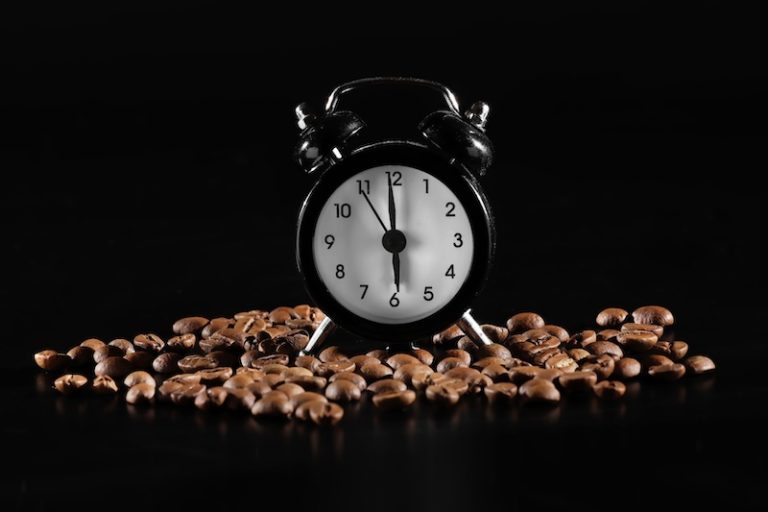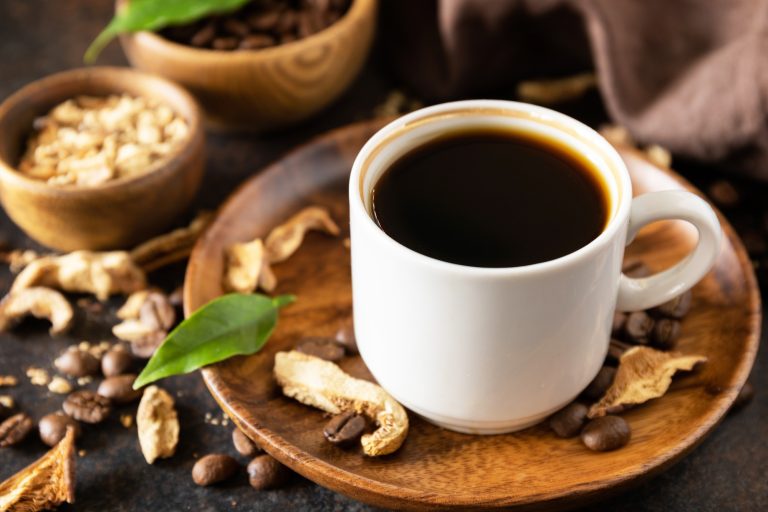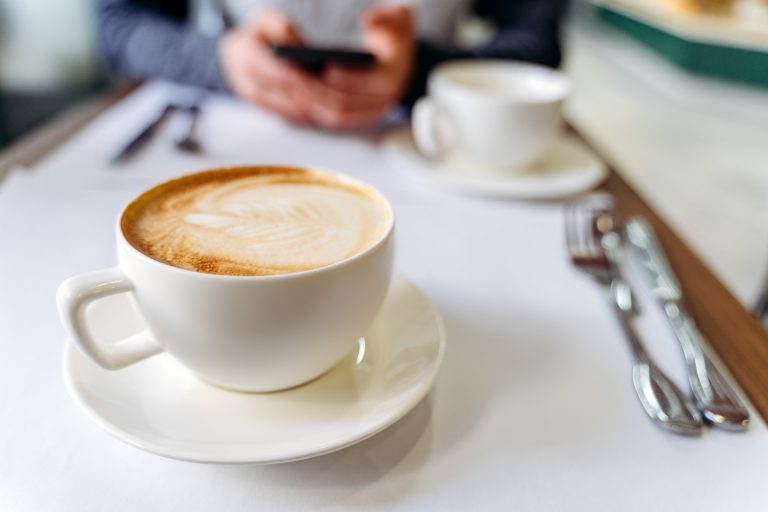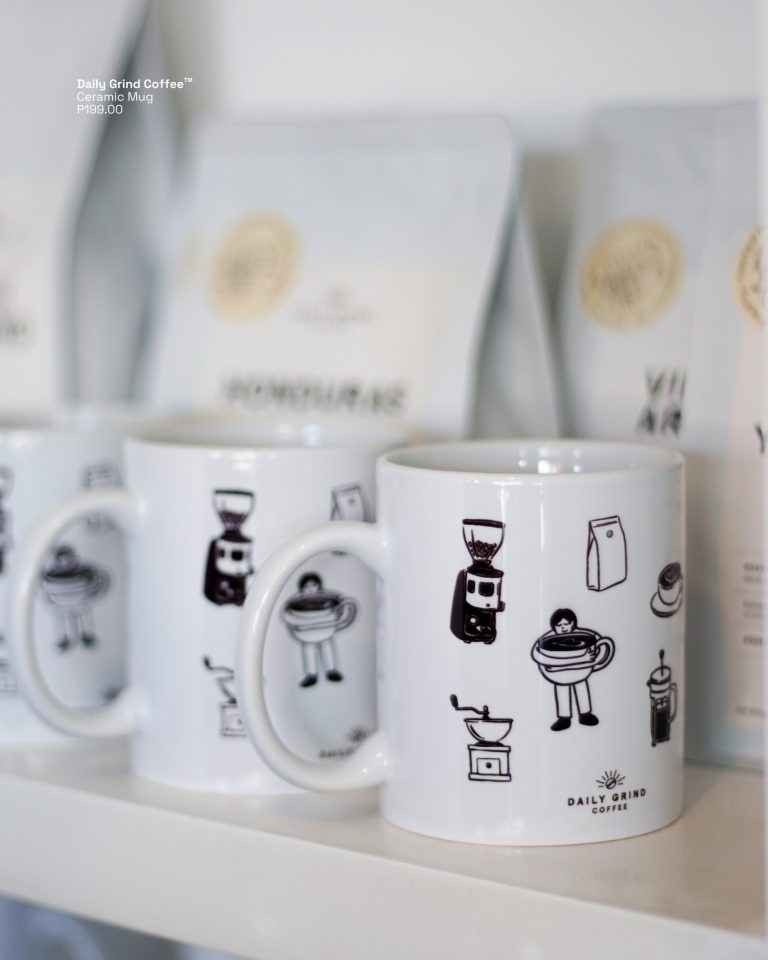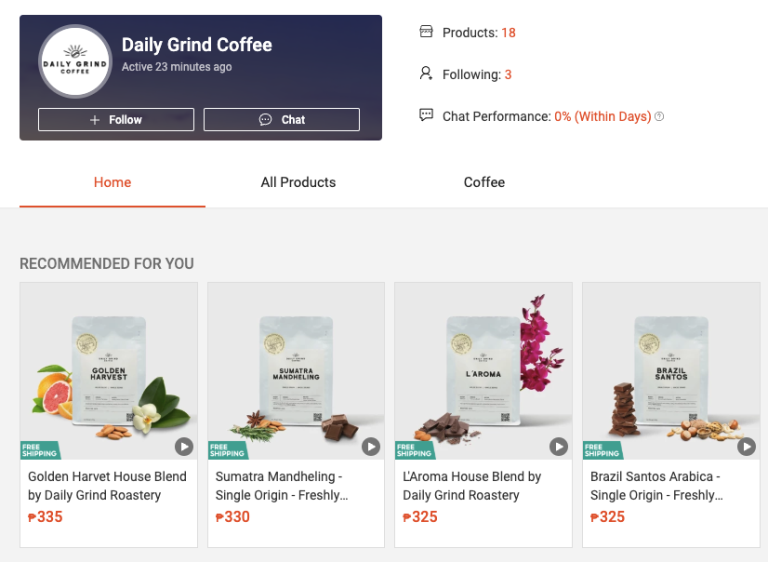Coffee is more than just a morning pick-me-up; it’s a complex and fascinating world waiting to be explored. At the heart of every delicious cup lies the humble coffee bean. Whether you’re a casual sipper or a budding coffee connoisseur, understanding coffee beans is key to elevating your brew. In this guide, we’ll dive deep into the world of coffee beans, exploring their types, roasts, and how they impact your daily cup.
What Are Coffee Beans?
Despite their name, coffee “beans” aren’t actually beans at all. They’re the seeds found inside the fruit of coffee plants, which are called coffee cherries. These seeds are processed, roasted, and ground to create the coffee we know and love.
Coffee Bean Varieties: Arabica vs. Robusta
There are two main species of coffee beans used in commercial coffee production:
- Arabica: Known for its smooth, complex flavor with notes of sugar, fruit, and berries. Arabica beans make up about 60-70% of global coffee production and are generally considered higher quality.
- Robusta: These beans have a stronger, harsher taste with a grainy overtone and peanutty aftertaste. Robusta has higher caffeine content and is often used in espresso blends and instant coffee.
At Daily Grind Coffee, we primarily use high-quality Arabica beans in our signature blends, ensuring a smooth and flavorful experience for our customers.
Coffee Growing Regions and Their Impact on Flavor
The environment in which coffee is grown significantly affects its flavor profile. Here are some notable coffee-growing regions and their characteristic flavors:
- Central and South America: Known for well-balanced, clean cups with medium body and acidity. Flavors often include nuts, chocolate, and mild fruit.
- Africa: African coffees, especially from Ethiopia and Kenya, are prized for their bright acidity and complex fruit and floral notes.
- Asia: Indonesian coffees are famous for their full body, low acidity, and earthy, spicy, or herbal notes.
- Hawaii: Kona coffee from Hawaii is known for its rich aroma and mild, smooth flavor with subtle hints of spice.
Understanding Coffee Roasts
The roasting process transforms green coffee beans into the aromatic brown beans we’re familiar with. The degree of roast significantly impacts the coffee’s flavor profile:
- Light Roast: Light brown color with no oil on the surface. These roasts retain most of the bean’s original flavor, showcasing bright, acidic notes and complex aromas.
- Medium Roast: Medium brown color with a stronger flavor than light roasts. They offer a balanced flavor, aroma, and acidity, with a hint of sweetness.
- Dark Roast: Dark brown to black in color with a shiny, oily surface. These roasts have a bold, full body with pronounced bitterness and reduced acidity.
- Espresso Roast: Very dark and oily, specifically roasted for espresso brewing. It produces a strong, bold flavor with a slightly sweet aftertaste.
At Daily Grind Coffee, we offer a variety of roasts to suit different palates. You can explore our coffee menu to find your perfect roast.
The Impact of Grinding on Coffee Flavor
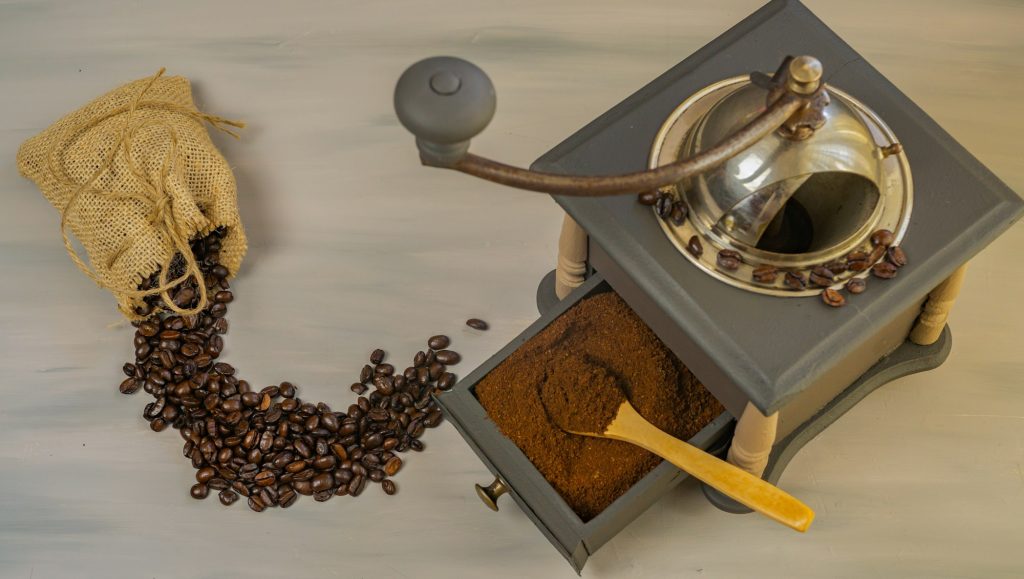
The size of your coffee grounds plays a crucial role in extraction and flavor. Here’s a quick guide to grind sizes and their ideal brewing methods:
- Extra Coarse: Cold brew
- Coarse: French press, percolator
- Medium-Coarse: Chemex, clever dripper
- Medium: Drip coffee makers, pour-over
- Medium-Fine: Cone-shaped pour-over, AeroPress (with 3+ minute brewing time)
- Fine: Espresso, AeroPress (with 1-2 minute brewing time)
- Extra Fine: Turkish coffee
For the best flavor, grind your beans just before brewing. This preserves the volatile compounds that contribute to coffee’s complex aroma and taste.
Brewing Methods and Their Effect on Coffee Flavor
Different brewing methods extract different flavors from coffee beans. Here are some popular methods and their characteristics:
- Drip Coffee: Produces a clean, well-balanced cup. It’s great for medium roasts and brings out subtle flavors.
- French Press: Results in a full-bodied, rich brew. It’s excellent for dark roasts and brings out oils and sediment for a robust flavor.
- Espresso: Creates a concentrated shot with a layer of crema. It’s ideal for dark, oily beans and produces intense flavor with subtle complexities.
- Pour-Over: Offers precise control over brewing variables, resulting in a clean, flavorful cup that highlights the bean’s unique characteristics.
- Cold Brew: Produces a smooth, less acidic coffee with a slightly sweet taste. It’s great for showcasing the nuanced flavors of light and medium roasts.
Storing Coffee Beans for Optimal Freshness
To maintain the quality of your coffee beans:
- Store in an airtight container in a cool, dark place
- Avoid refrigeration or freezing, as this can introduce moisture and odors
- Buy whole beans and grind as needed
- Use within 2-4 weeks of roasting for the best flavor
The Role of Water in Coffee Brewing
The quality of water used in brewing significantly impacts coffee flavor. Use filtered water for the best results, as it’s free from impurities that can affect taste. The ideal water temperature for brewing is between 195°F to 205°F (90°C to 96°C).
Exploring Coffee Bean Flavors
Coffee flavor wheels are tools used by professionals to describe the complex tastes and aromas in coffee. Some common flavor notes include:
- Fruity: berry, citrus, stone fruit
- Nutty: almond, peanut, hazelnut
- Chocolatey: cocoa, dark chocolate
- Caramel: brown sugar, honey, maple syrup
- Spicy: cinnamon, clove, black pepper
- Floral: jasmine, rose, lavender
Experimenting with different beans and brewing methods can help you discover your favorite flavor profiles.
Sustainability in Coffee Production

As coffee lovers, it’s important to consider the environmental and social impact of our coffee consumption. Look for certifications like Fair Trade, Rainforest Alliance, or Organic when purchasing coffee. These certifications ensure that coffee is produced using sustainable practices and that farmers receive fair compensation.
Health Benefits of Coffee
When consumed in moderation, coffee offers several health benefits:
- Rich in antioxidants
- May lower risk of type 2 diabetes
- Could protect against Alzheimer’s and Parkinson’s diseases
- May boost physical performance
- Could support heart health
However, it’s important to be mindful of caffeine intake and its effects on your body.
Your Coffee Journey Begins Here
Understanding coffee beans is the first step in appreciating their complexity and richness. From the variety of beans to roasting levels and brewing methods, each element contributes to the final flavor in your cup.
At Daily Grind Coffee, we’re passionate about sharing our love for great coffee with our customers. We invite you to explore our menu and experience the difference that quality beans and expert brewing can make. Whether you’re looking for a quick caffeine fix or want to dive deeper into the world of specialty coffee, we’re here to guide you on your coffee journey.
Remember, the perfect cup of coffee is the one you enjoy the most. So don’t be afraid to experiment with different beans, roasts, and brewing methods until you find your ideal brew. Happy sipping!



